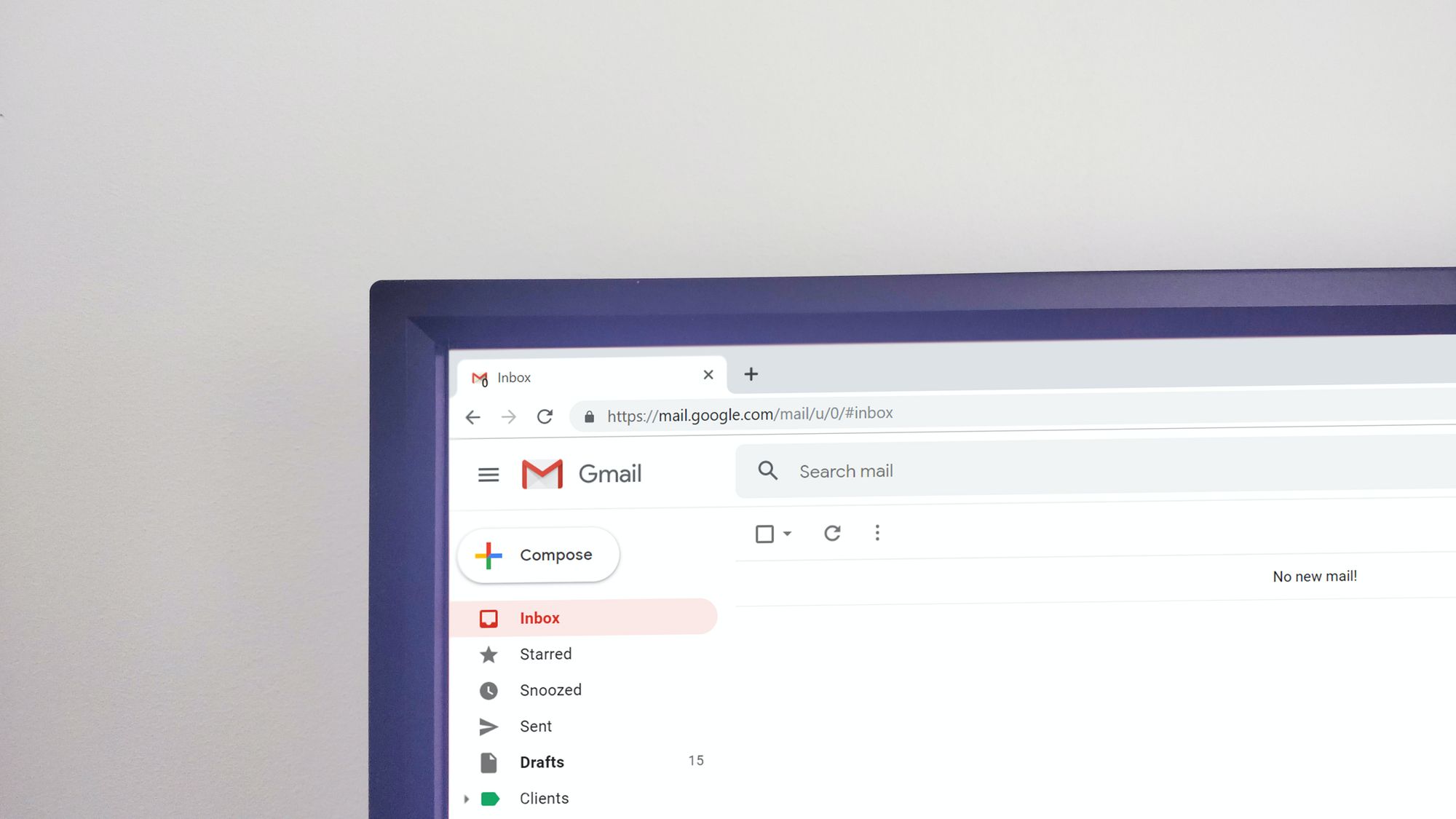The dark web, a hidden realm of the internet, has gained notoriety for its illicit activities and the sale of stolen personal information. With the increasing prevalence of data breaches and online security threats, it is crucial to protect your digital identity. One important aspect of safeguarding your personal information is checking if your email is on the dark web. In this comprehensive guide, we will explore various methods, tools, and best practices to help you determine if your email has been compromised and is circulating on the dark web.
Understanding the Dark Web and Email Exposure

The dark web refers to the encrypted and anonymous part of the internet that is not indexed by traditional search engines. It serves as a platform for illegal activities, including the buying and selling of stolen data, such as email addresses, passwords, and personal information. When your email address is exposed on the dark web, it becomes vulnerable to misuse, identity theft, and targeted phishing attacks.
Dark Web Monitoring Services:
Several reputable companies offer dark web monitoring services that scan the dark web for any instances of your email address. These services utilize advanced algorithms and databases to search for your email in underground forums, marketplaces, and other hidden corners of the dark web. If your email address is detected, you will receive an alert, allowing you to take immediate action to secure your accounts.
Have I Been Pwned:
"Have I Been Pwned" is a widely recognized online platform that allows you to check if your email address has been compromised in data breaches. It maintains a vast database of breached accounts and enables you to search for your email address to determine if it has been exposed. While this service does not specifically search the dark web, it provides valuable information about the security of your email and associated accounts.
Data Breach Notifications
Companies that experience data breaches often notify affected individuals via email. Pay attention to any emails you receive from online services, social media platforms, or other organizations indicating a potential data breach. These notifications serve as an early warning sign that your email address and personal information may have been compromised.

Best Practices for Protecting Your Email

To mitigate the risks of dark web exposure and protect your email from unauthorized access, consider implementing the following best practices:
Strong and Unique Passwords
Create strong and unique passwords for your email accounts. Avoid using common phrases or easily guessable information. Consider using a password manager to generate and store complex passwords securely.
Enable Two-Factor Authentication (2FA)
Enable two-factor authentication for your email accounts whenever possible. This adds an extra layer of security by requiring a secondary verification method, such as a text message code or fingerprint scan, in addition to your password.
Regularly Update and Patch
Keep your email client and associated software up to date. Install updates and security patches promptly to protect against known vulnerabilities that could be exploited by cybercriminals.
Frequently Asked Questions
Q1: Can checking my email on the dark web prevent data breaches?
A1: Checking your email on the dark web can provide insights into potential compromises and allow you to take immediate action. However, it is essential to follow best practices, such as using strong passwords and enabling two-factor authentication, to prevent data breaches proactively.
Q2: Are dark web monitoring services reliable?
A2: Reputable dark web monitoring services employ advanced technologies and databases to scan the dark web for compromised information. While they cannot guarantee 100% detection, they are an effective tool to monitor and mitigate the risks associated with dark web exposure.
Q3: What should I do if my email is exposed on the dark web?
A3: If your email is exposed on the dark web, take immediate action to secure your accounts. Change your passwords, enable two-factor authentication, and closely monitor your accounts for any suspicious activity. Consider contacting the affected service providers and following their recommended steps for mitigating the impact of the data breach.
Conclusion
Checking if your email is on the dark web is a vital step in protecting your digital identity and mitigating the risks of data breaches. By utilizing dark web monitoring services, leveraging platforms like "Have I Been Pwned," and following best practices for email security, you can stay one step ahead of cybercriminals. Remember to regularly update your passwords, enable two-factor authentication, and remain vigilant for any signs of unauthorized access. Safeguarding your email is a crucial aspect of maintaining a secure online presence and protecting your personal information.

